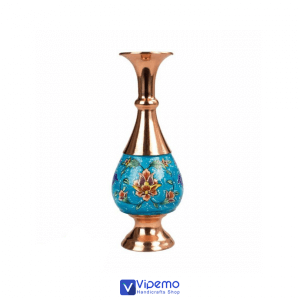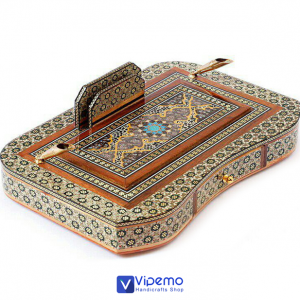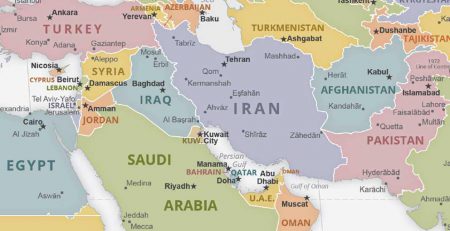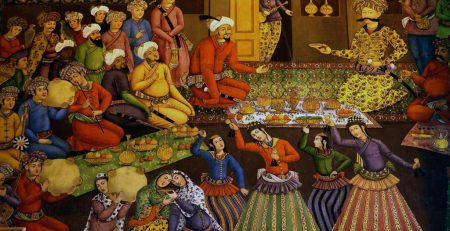Iran – More To Explore Part 2
Iran More To Explore Part 2
More to explore Iran part 2 is in the following of more to explore part 1 we listed 8 more locations of Iran’s tourists attraction. This article is part 2 and there is just one more part which come soon.
 Tepe Sialk – Kashan
Tepe Sialk – Kashan
Silak, in city of Kashan, is one of the historical places after the Jiroft civilization of Kerman which was found in pre-Achaemenid period. The Sialk Hill was actually a ziggurat or temple of ancient people made of clay and pottery . This historical complex was not identified by the year 1310.
 Hammam-e Ali Gholi Agha – Isfahan
Hammam-e Ali Gholi Agha – Isfahan
The historical hammam of Ali Gholi Agha was built in 1713. Today, it serves as a museum with set of costumed mannequins to show the purpose of each part of the bathhouse. The tile and marble works of this hammam are so admirable.
 Rayen Citadel – Kerman
Rayen Citadel – Kerman
Rayen citadel is known as the biggest adobe structure of Kerman province after Bam Citadel with all the architectural elements of a deserted citadel. It is around 500 to 1,000 years old. In spite of the numerous natural disasters in this area, same as the earthquake of 2003 which destructed Bam citadel, Rayen Citadel is extremely well preserved in course of time.
 Shazdeh Garden – Kerman
Shazdeh Garden – Kerman
City of Mahan is well-known for the tomb of the great Sufi leader, Shah Ne’emat Ollah-e-Vali, as well as the Shazdeh Garden (Prince’s Garden). The Garden of Mahan Prince is a historical Persian garden, 6 km away from Kerman. The Garden consists of pools in a terraced fashion and a two-storied building of which the second floor was used as living quarters.
 Zoor-khaneh – Iran
Zoor-khaneh – Iran
Pahlevani and zoorkhaneh rituals is the name inscribed by UNESCO for varzesh-e pahlavani or varzesh-e bastani a traditional system of athletics originally used to train warriors in Iran and adjacent lands. Outside Iran, zoor khanehs can be found in Azerbaijan, and they were introduced into Iraq in the mid-19th century.
 Rey – Tehran
Rey – Tehran
Rey was one of the capital cities of the Seljuq Empire in the 11th century. Ray is richer than many other ancient cities in the number of its historical monuments. Which one might refer to a 500-year-old Safavid-era bazaar, the 3000-year-old Gebri castle, the 5000-year-old Cheshmeh Ali hill. And There is the 1000-year-old Bibi Shahr Banoo tomb.
 Toghrol Tower – Tehran
Toghrol Tower – Tehran
Toghrol Tower is a 12th-century monument from the Seljuk-era situated in the city of Rey, on the southern outskirts of Tehran. The tower itself is said to be the mausoleum for Seljuk king, who established Rey as a major administrative center of the Seljuk Dynasty. At the top of this magnificent tower there are Kufic inscriptions (early Arabic). The tower is protected by Iran’s Cultural Heritage Organization.
 Cheshmeh-Ali – Tehran
Cheshmeh-Ali – Tehran
Cheshmeh-Ali or Spring of Ali is an ancient recreational place in the south of Tehran and north of Rey. The spring is a spot in the neighborhood of Ebn-e Babooyeh, Toghrol Tower, and below the Rashkan castle and next to Rey Castle and Fath Ali shah inscription. This place has some typological parallels with the middle layers of Tepe Sialk in city of Kashan (3000 BC).
Iran more to explore Gallery
Vipemo Products
-
Firooze Koobi, Firooze Koobi, Jug
Sake Jug – Turquoise Inlaying – Size 2
Original price was: 1.524,00 €.1.200,00 €Current price is: 1.200,00 €. -
Candy Dish, Firooze Koobi, Nut Bowl Dish, Sugar/Candy Pot
Candy/Nuts Bowl Dish – Size 7
Original price was: 1.500,00 €.1.300,00 €Current price is: 1.300,00 €. -
-
-
-













































Comment (1)
[…] 3 is the last part of this series and it come in the following of more to explore part 1 & 2 we listed 7 more locations of Iran’s tourists […]